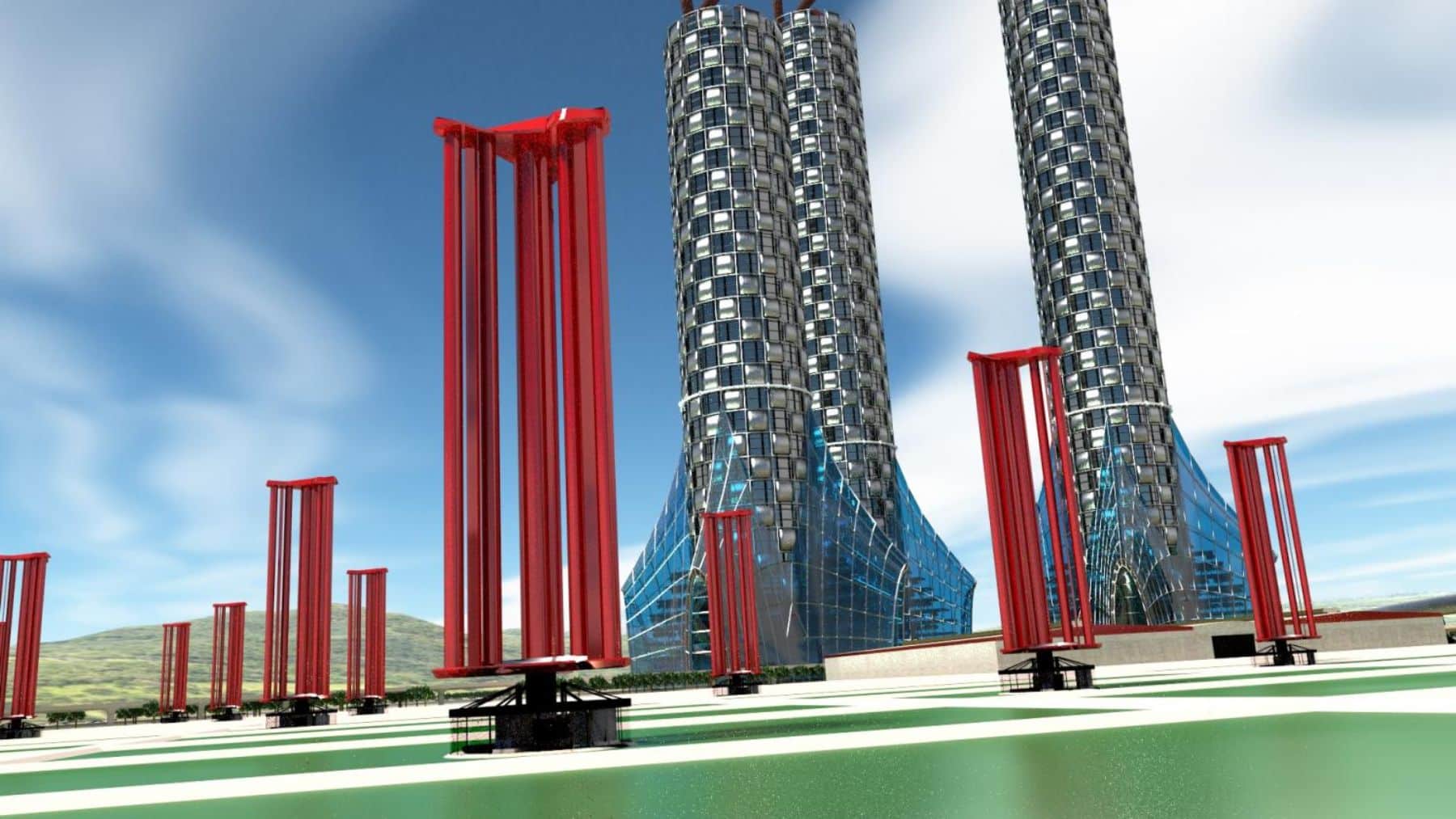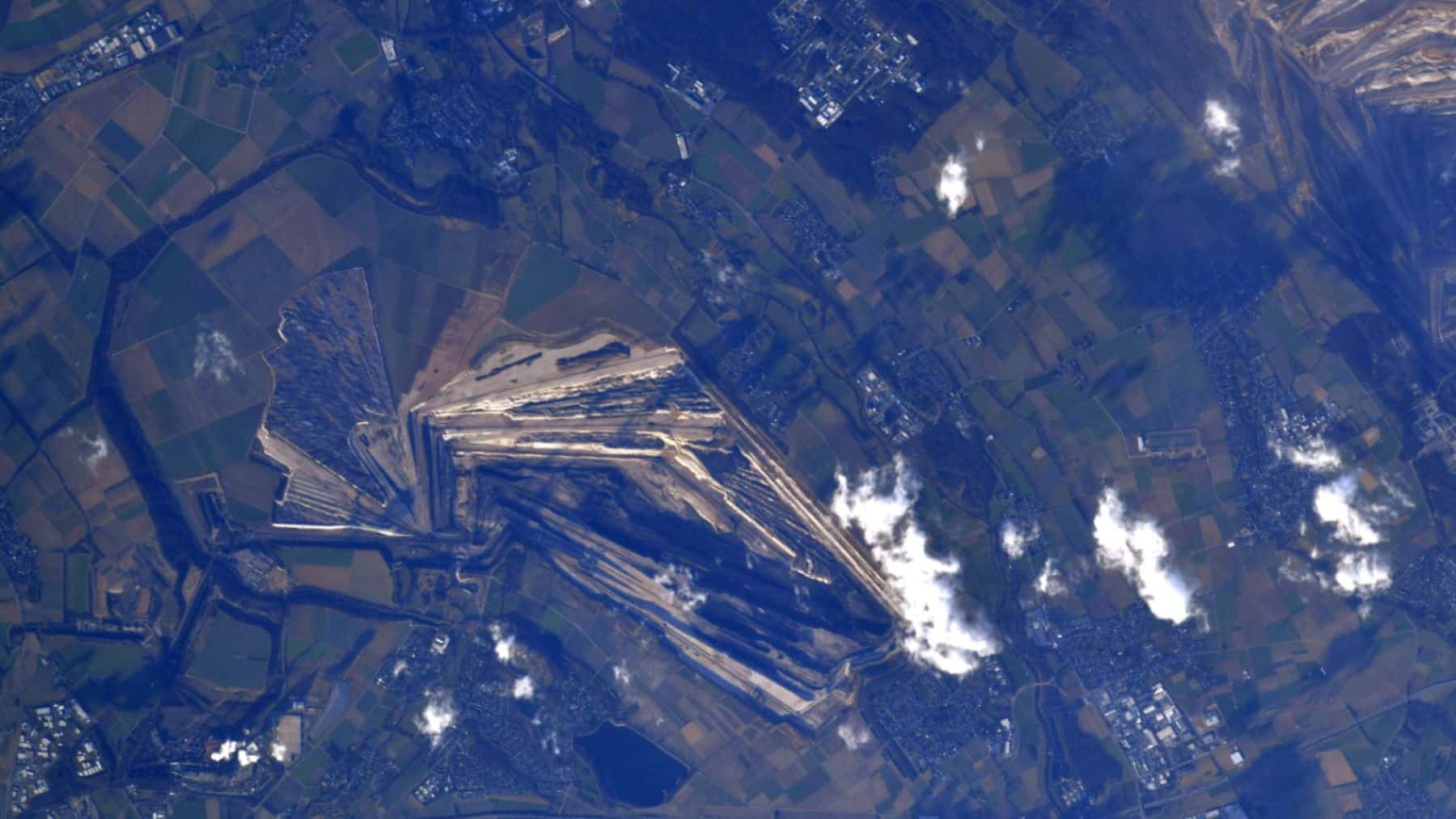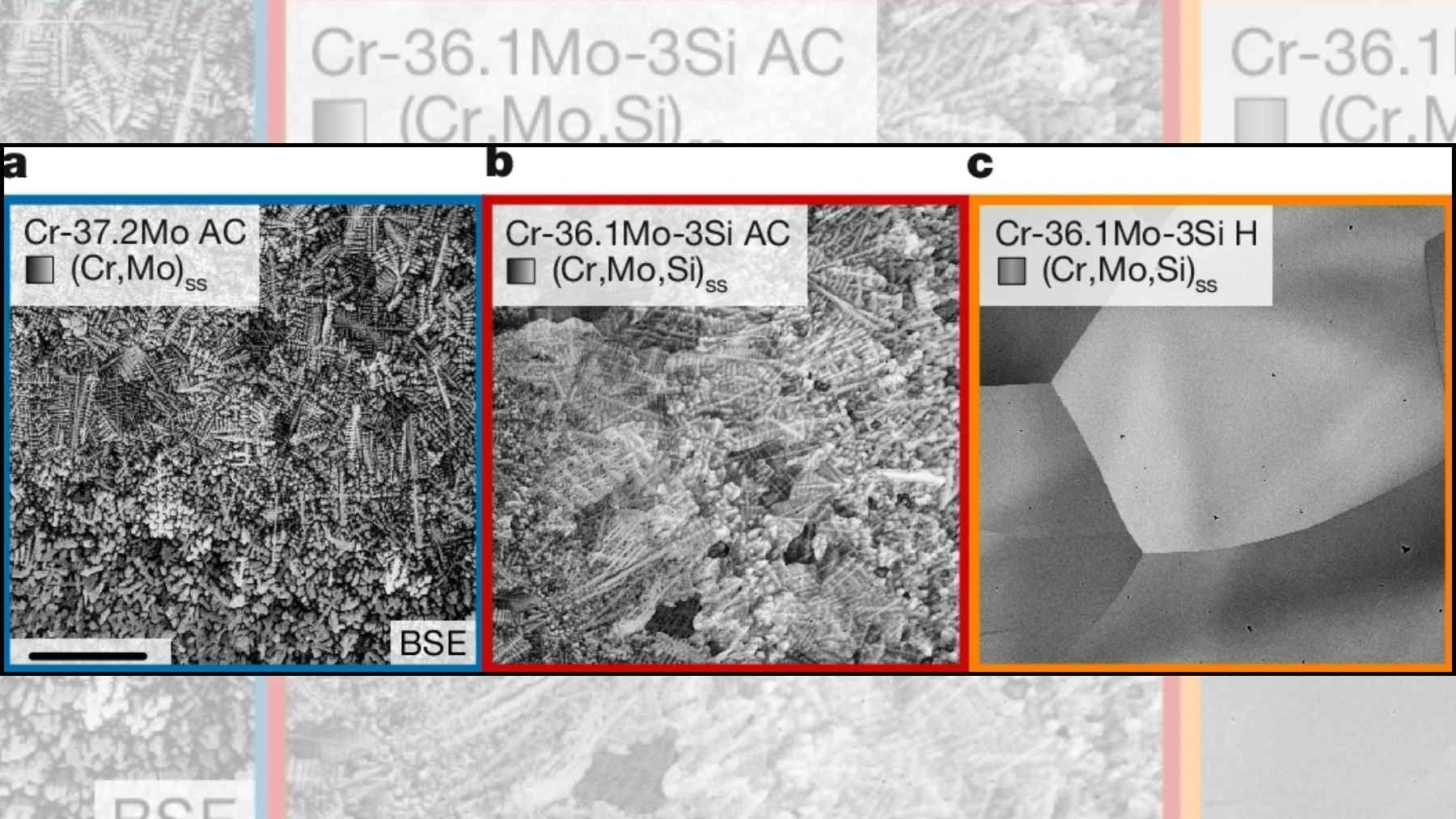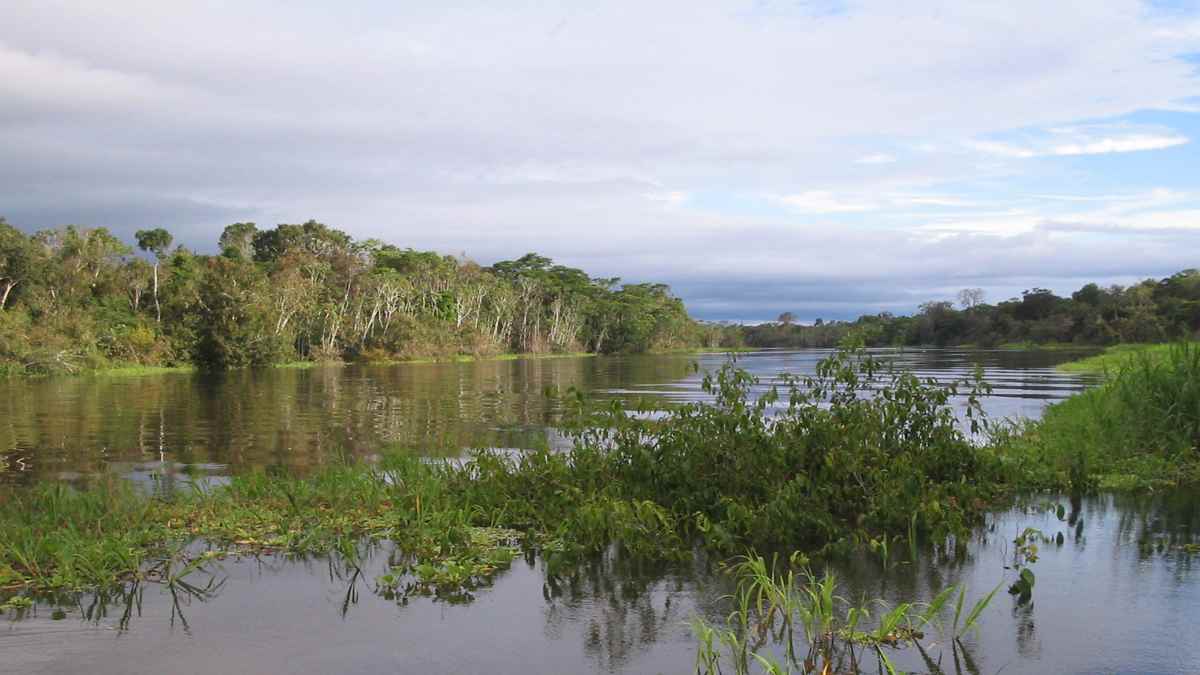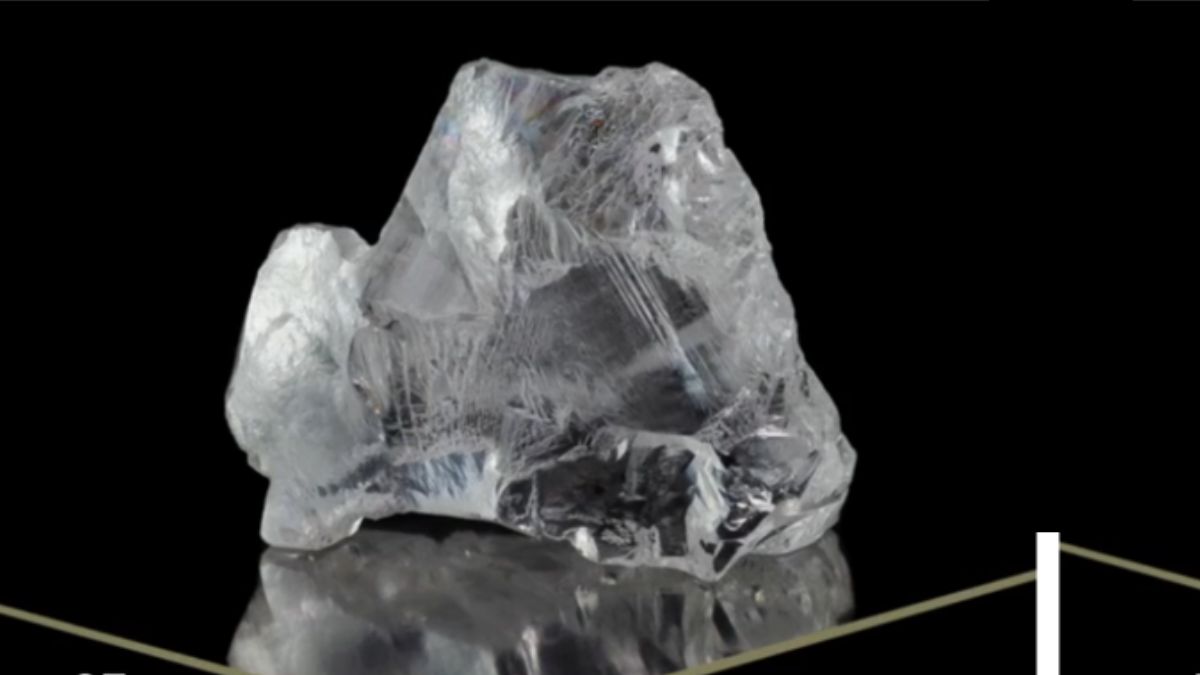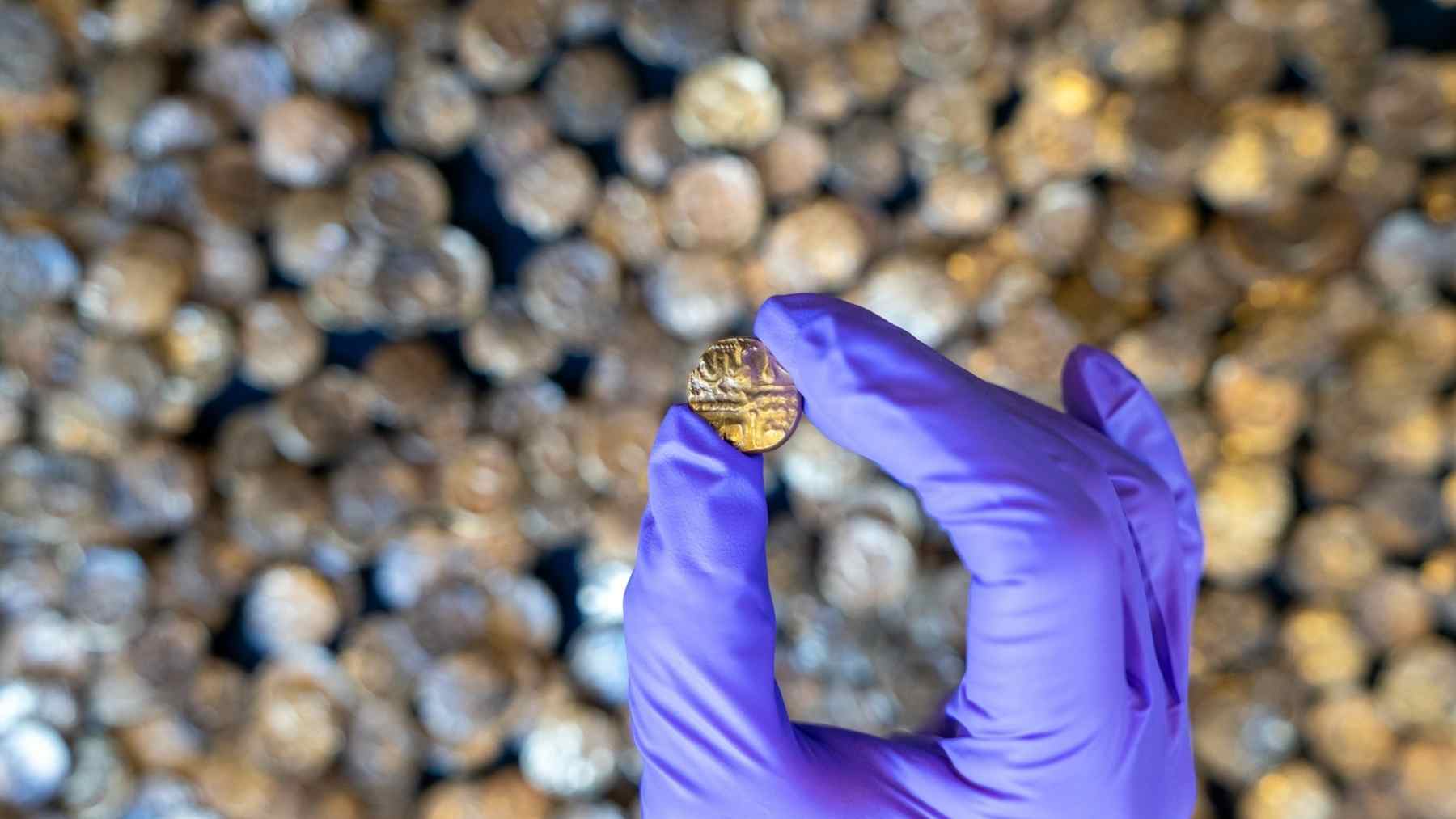Have you ever considered whether we could harness the energy of a natural disaster to generate power for an entire country? Well, a typhoon turbine is what Japanese engineer Atsushi Shimizu thought and has already started to put into practice. How so? Well, he realized that a single typhoon can contain enough kinetic energy to power an entire nation, in this case, Japan. And so the world’s first typhoon turbine was born. What was once just scars from the Fukushima disaster has become a source of clean and abundant energy.
Just because typhoons pass by doesn’t mean we’ll have energy
Now let’s look at a curious fact about Japan: even though the country is located in one of the regions most affected by tropical cyclones on the planet, it has faced great difficulties in taking advantage of the potential of the winds. And the reason for this? Simple: most of the wind turbines installed in the country were designed according to European models, that is, they are designed for environments with more predictable and stable wind patterns, which is not the case in this country.
A serious example occurred in 2013, during Typhoon Usagi, when at least 16 wind turbines were damaged or collapsed at a wind farm in China, which is experiencing a similar scenario to what was seen in Japan. It was for this reason that the country ended up investing mainly in solar energy. However, as Shimizu himself said, Japan has more wind potential than solar. So, what he was really talking about was a technology capable of dealing with the unique characteristics of Japanese winds.
The turbine that changes everything: typhoon turbine
And this new technology came from Shimizu, who created a turbine with a vertical design with an omnidirectional axis (like this turbine that surpasses solar panels). Okay, so how much does this change? Well, while traditional turbines orient themselves to capture the wind in a specific direction, the Japanese model can rotate and operate even with sudden changes in wind direction and speed, which are quite common during a typhoon.
Another unique feature of this typhoon turbine is its use of the Magnus effect, which is nothing more than a physical principle that generates lateral force on rotating objects. It is like a soccer ball being kicked with spin. In other words, when we apply this to the turbine blades, this effect allows us to precisely control the rotation, preventing the equipment from collapsing even under winds of over 200 km/h.
Ok, the invention is indeed historic, but is it any good? We can say that it is. Because, in laboratory tests, the turbine achieved 30% efficiency. And even though this is a lower number than the 40% of traditional turbines, it has a fundamental advantage: the ability to operate in extreme conditions, when no other turbine would work.
What the typhoon turbine means for Japan
If we stop to analyze the way things have been changing when it comes to energy transition, we might even be frightened. This is because before the Fukushima nuclear disaster in 2011, Japan planned to make nuclear energy responsible for 60% of its energy mix. Then came the earthquake and tsunami, which killed around 19,000 people and caused the meltdown of three nuclear reactors… they not only destroyed this projection but also called into question the safety of atomic energy.
Today, 84% of the energy consumed in Japan is imported, making the country extremely vulnerable to geopolitical crises and price fluctuations. In this scenario, local and renewable technologies such as the typhoon turbine become even more strategic. It is no wonder that they have just created the first super solar panel, which is equivalent to 20 nuclear reactors.
Disclaimer: Our coverage of events affecting companies is purely informative and descriptive. Under no circumstances does it seek to promote an opinion or create a trend, nor can it be taken as investment advice or a recommendation of any kind.
